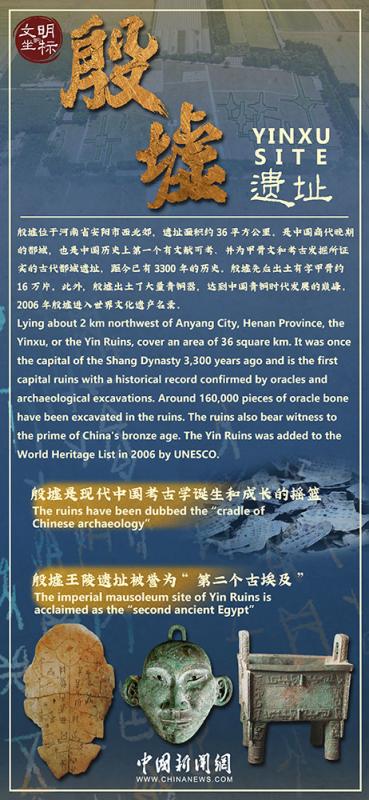
Lying about 2km northwest of Anyang City, Henan Province, the Yinxu, or the yin Ruins, cover an area of 36 square km. It was once the capital of the Shang Dynasty, 3300 years ago and is the first capital ruins with a historical record confirmed by oracles and archaeological excavations. Around 160,000 pieces of oracle bone have been excavated in the ruins. The ruins also bear witness to the prime of China's bronze age. The Yin Ruins was added to World Heritage List in 2006 by UNESCO.
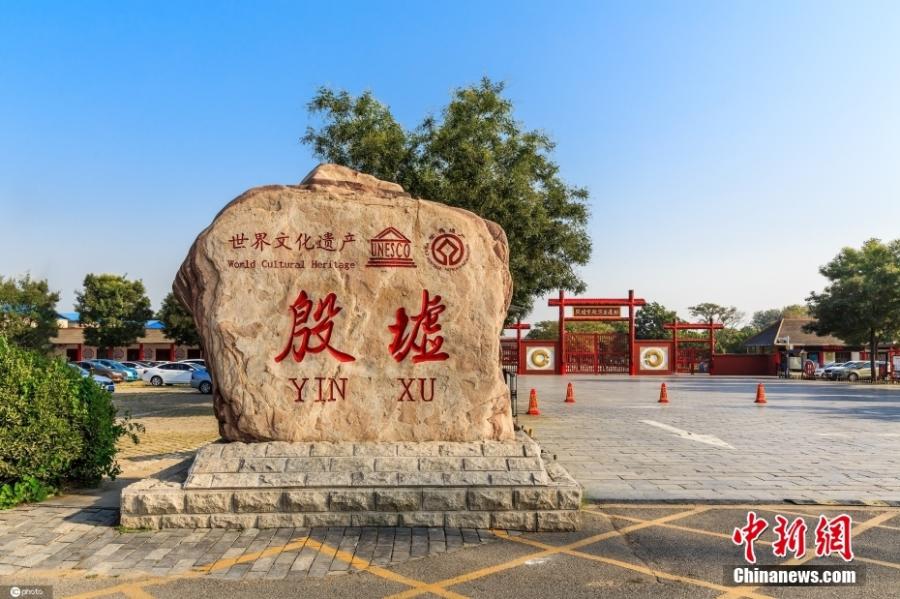
Monument for the protection of cultural relics erected outside the Yinxu site in Anyang City, central China's Henan Province.(ICphoto)
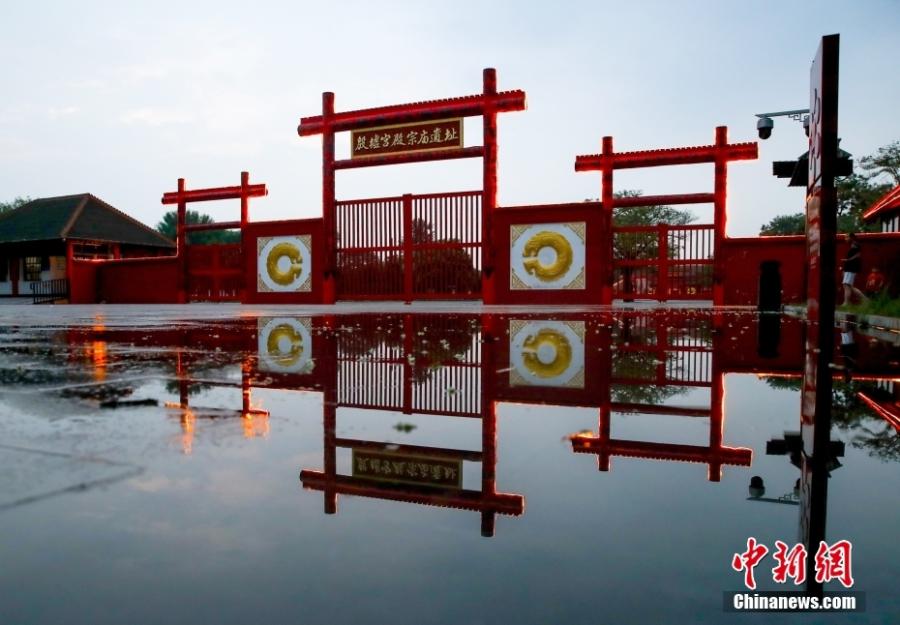
Photo taken shows the scenic spot of the Yinxu Site after rains in Anyang City, Central China's Henan Province.
Taking the ancestral temple ruins at Xiaotun village as the center, the Yinxu Site is in a circular distribution, with ruins of the imperial mausoleum, the ruins of a family settlement, the copper-casting site, the crypt for the oracle bones, and some affiliated complex.
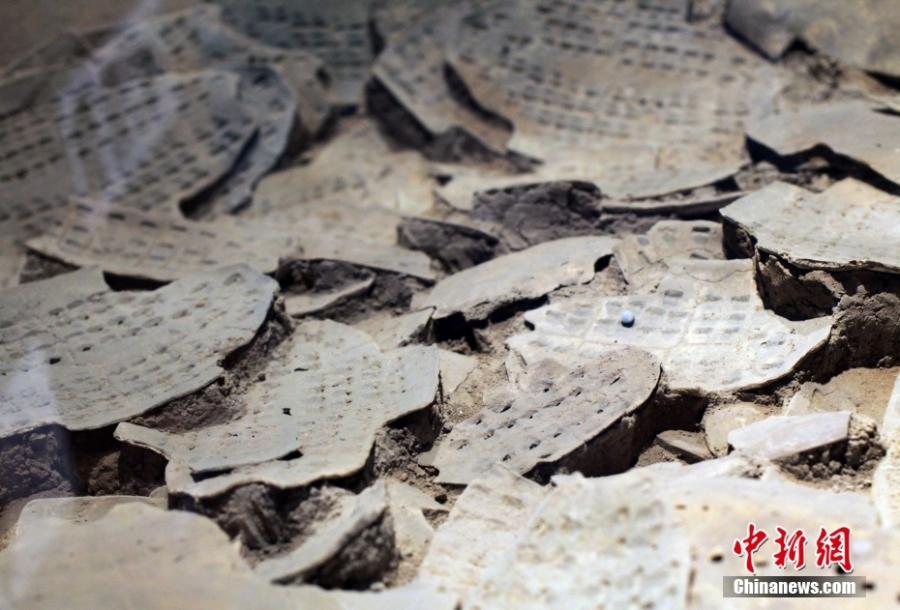
Photo taken shows an crypt burying oracle bones at the Yinxu Site in Anyang City, central China's Henan Province.
The Yinxu site enjoys its world reputation for its excavated oracle bones, which bring the confirmed recorded history of China earlier to the Shang Dynasty (around 16 to 11 Century BC).
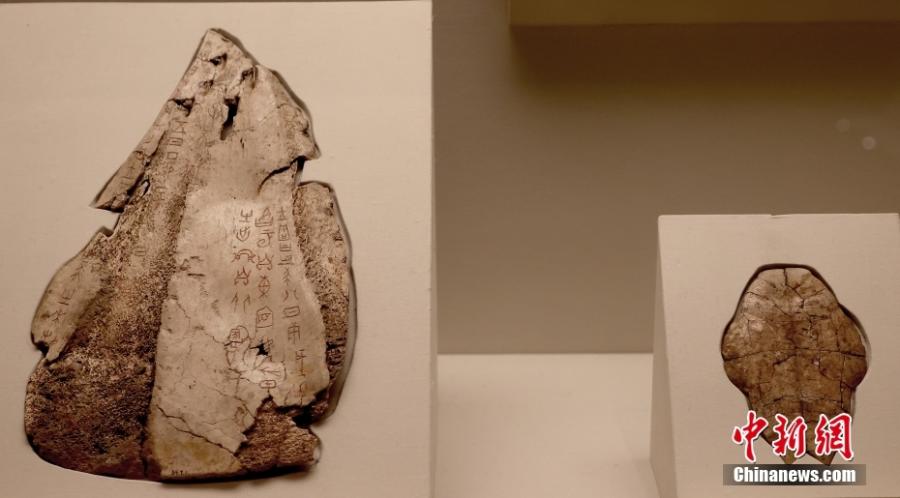
The oracle bone inscriptions made on tortoise shells and bones during the Shang Dynasty (around 16-11 Century BC) are the earliest examples of the Chinese written language, mainly used for imperial divination. The inscription has its name into the Memory of the World Programme after its recognition by UNESCO in 2017.(Photo from VCG)
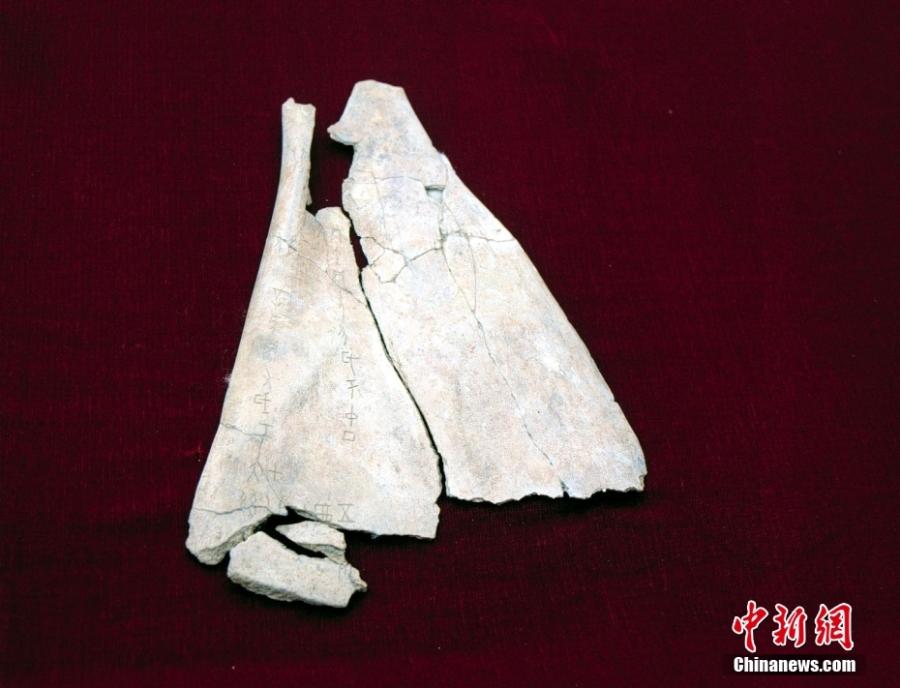
A piece of oracle bone inscription unearthed fron the Yinxu Site in Anyang City, central China's Henan Province.
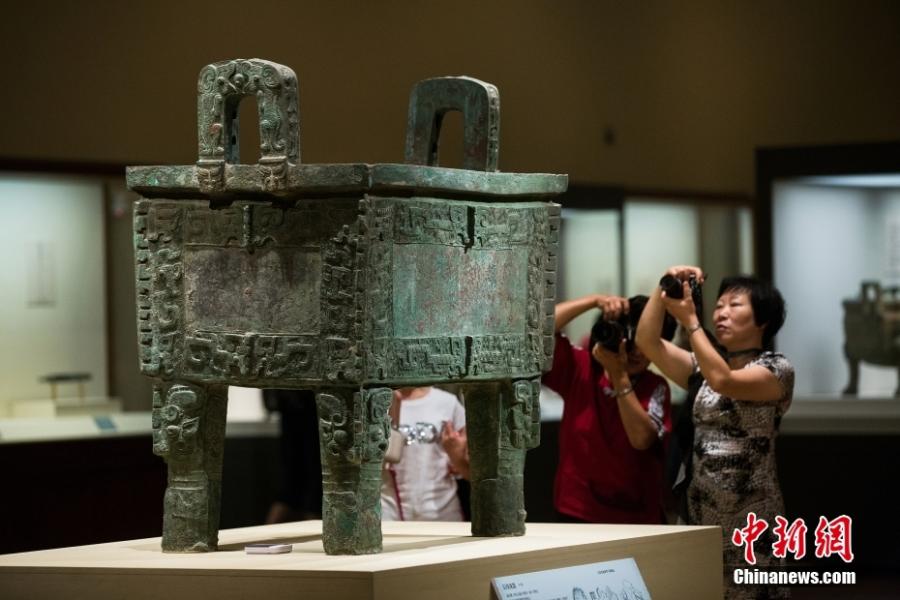
Photo taken shows the bronze ware of Houmuwu square cauldron (ding) collected by the National Museum of China in Beijing.
Initially excavated in 1928, the Yinxu Site displays a brilliant bronze age o China.(Photo from VCG)
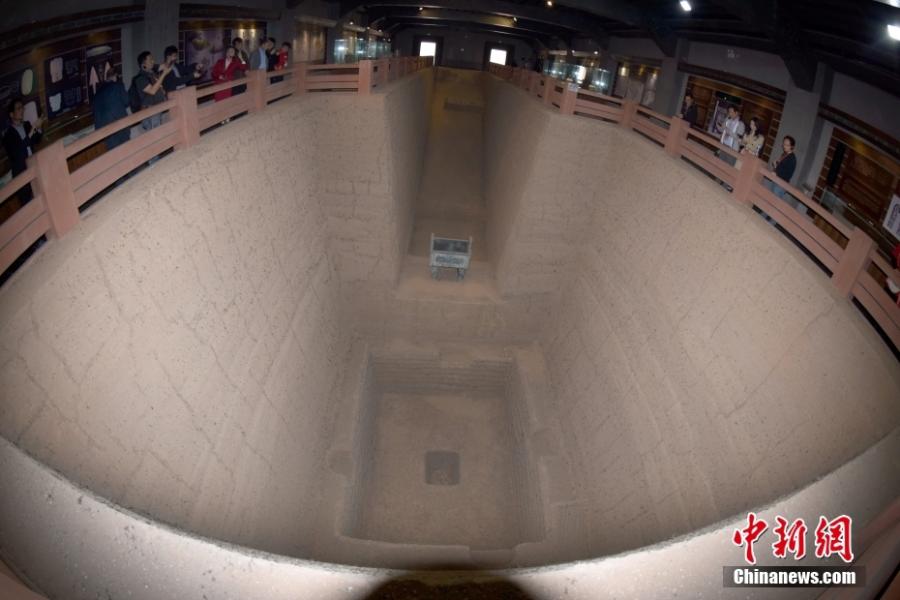
Photo taken shows the burial site which discovered the famous Houmuwu square cauldron (ding) at the Yinxu Site in Anyang City, central China's Henan Province.
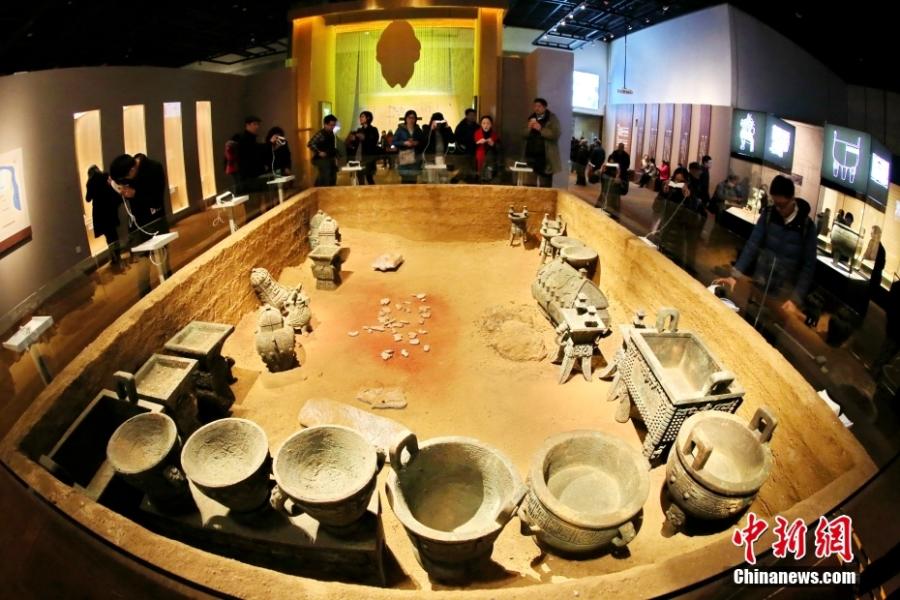
Photo taken shows the cemetery of the Fu Hao, a female general of the Shang Dynasty (around 16-11 Century BC) and huge numbers of bronze ware buried with her.
The burial site of Fu Hao is the best-preserved ruins in the Yinxu site, where Chinese archaeologists confirmed the master of the tomb based on the oracle bone inscription information unearthed from the pit.
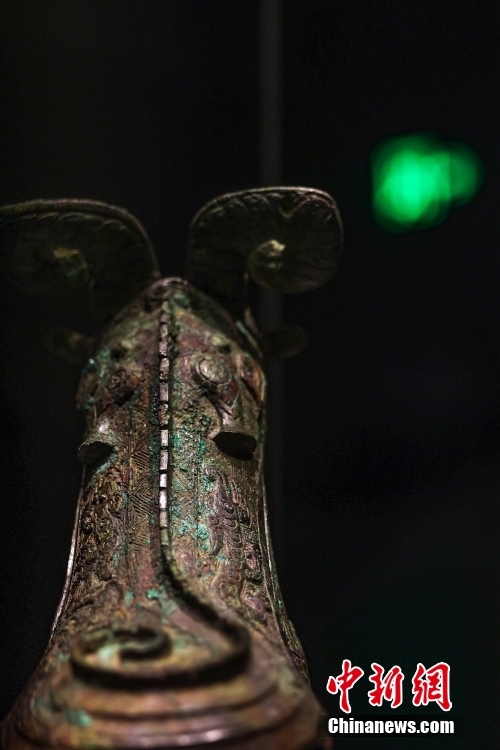
Photo taken shows a bronze drinking (wine) vessel excavated from the tomb of general Fu Hao at the Yinxu Site in Anyang City, central China's Henan Province.(Photo from VCG)
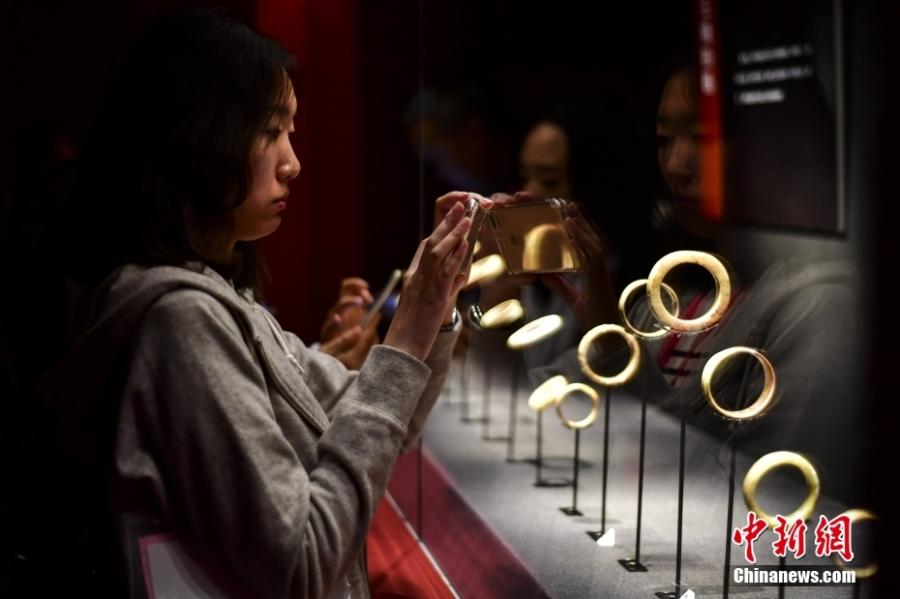
A visitor took photos of the jade ware relics unearthed from the tomb of general Fu Hao in an exhibition in Guangdong.
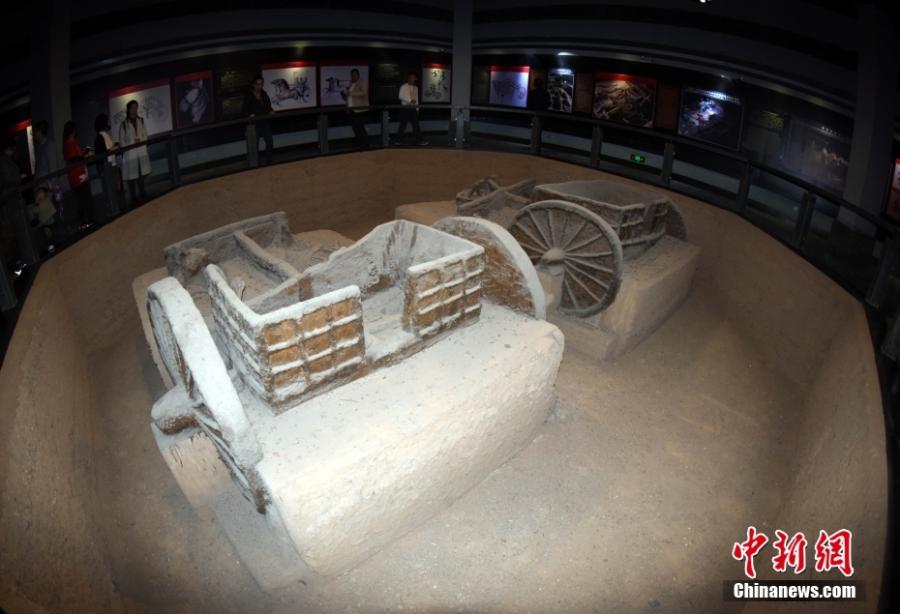
Photo taken shows the wagon pit at the ruins of the imperial mausoleum at the Yinxu Site in Anyang City, central China's Henan province.
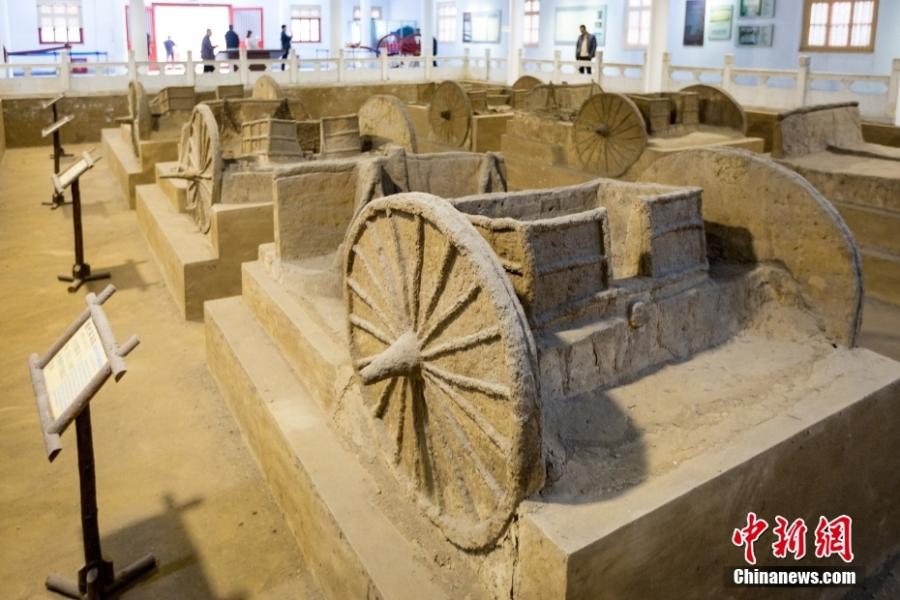
Photo taken shows the wagon pit at the ruins of the imperial mausoleum at the Yinxu Site in Anyang City, central China's Henan province.(Photo from VCG)
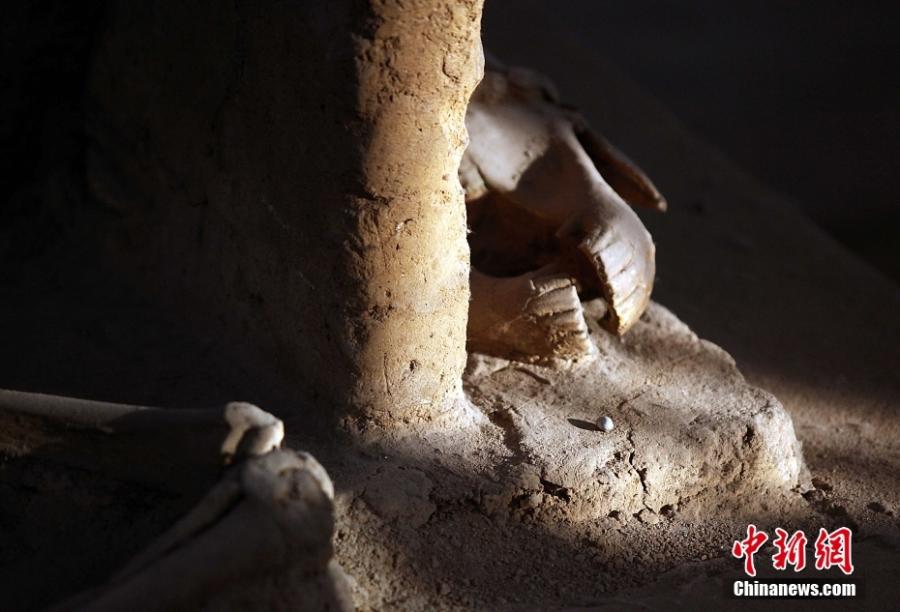
Photo taken shows the wagon pit at the ruins of the imperial mausoleum at the Yinxu Site in Anyang City, central China's Henan province.
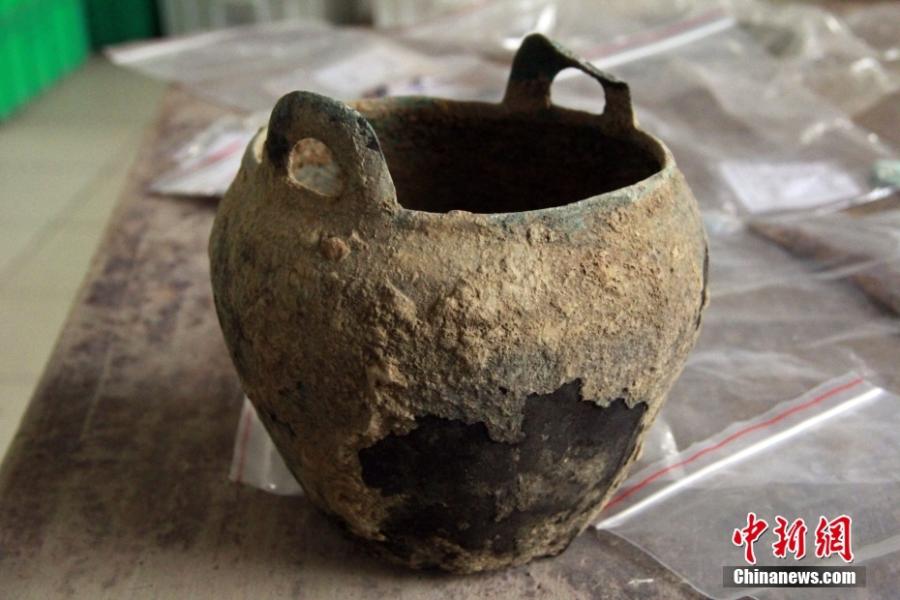
Photo taken shows a vessel unearthed from a burial site for the nomad settlement at the Yinxu Site in Anyang City, central China's Henan Province.







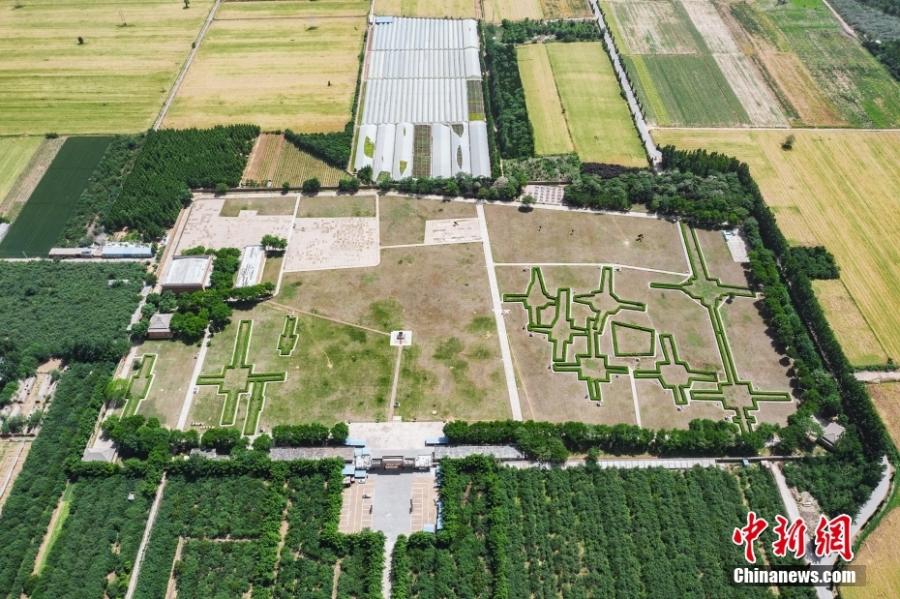
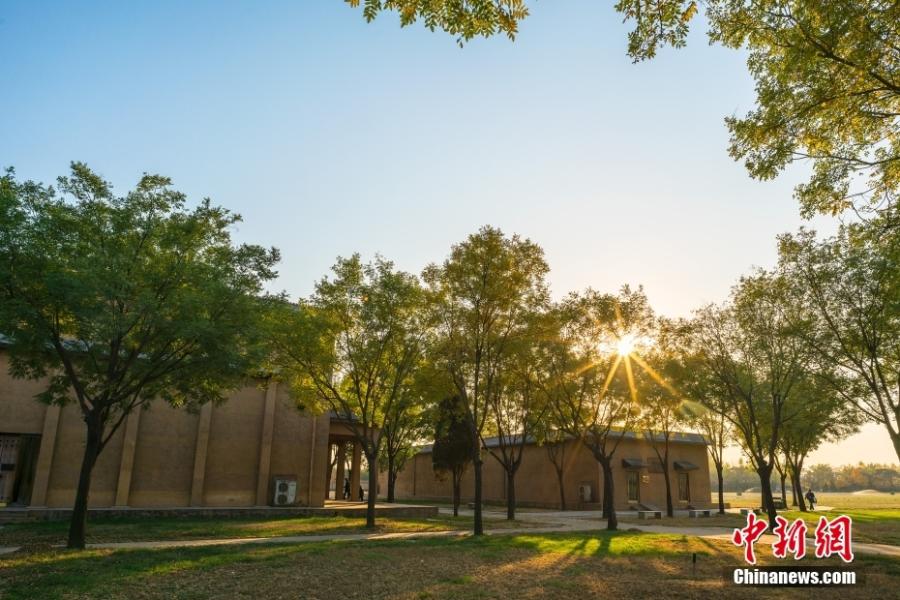


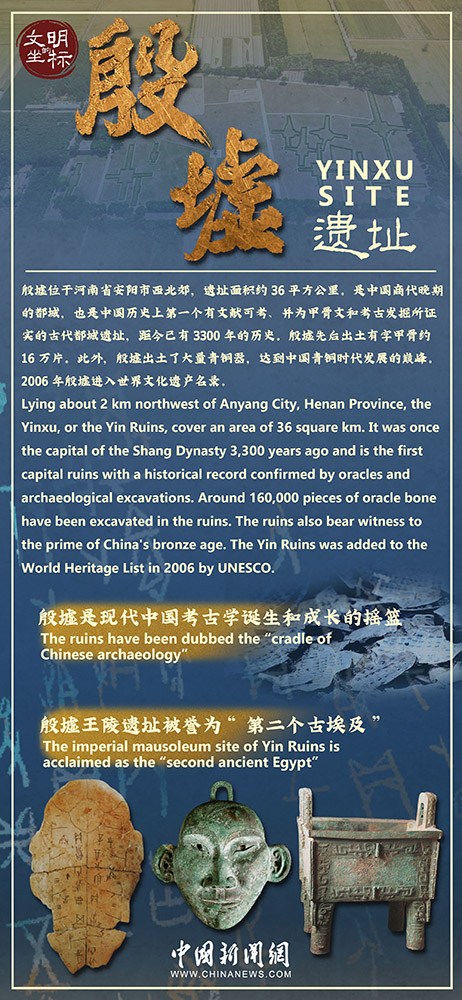


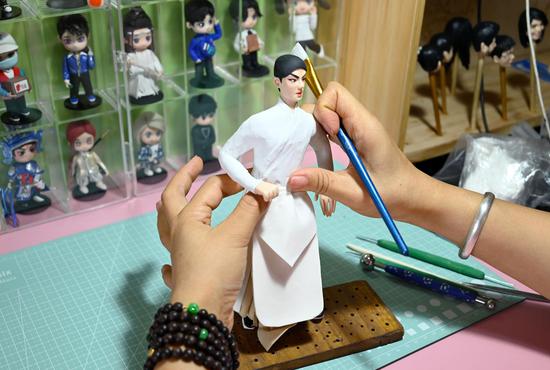
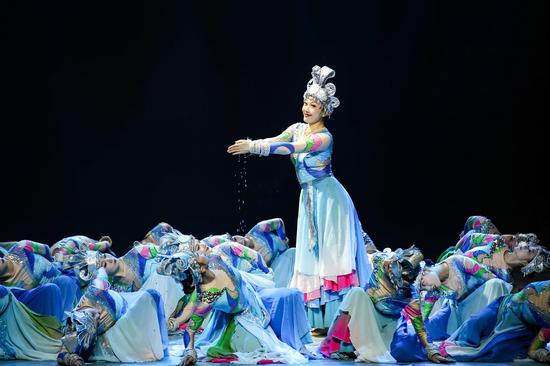

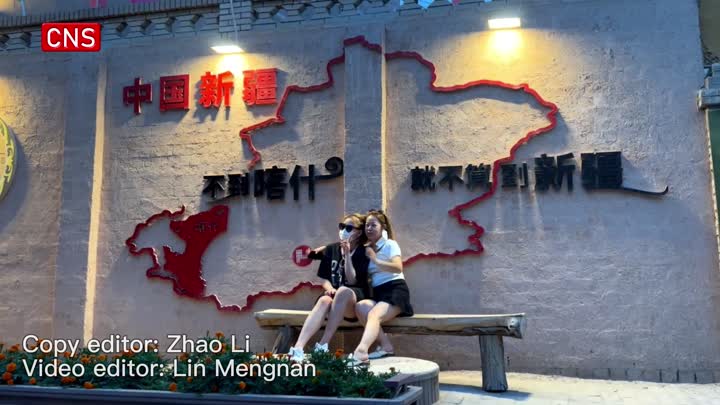

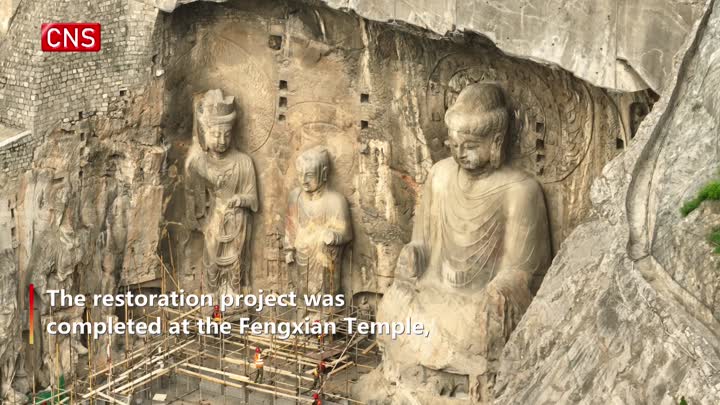
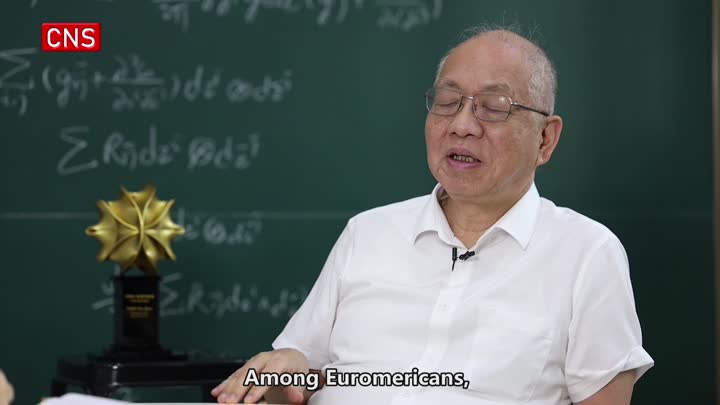

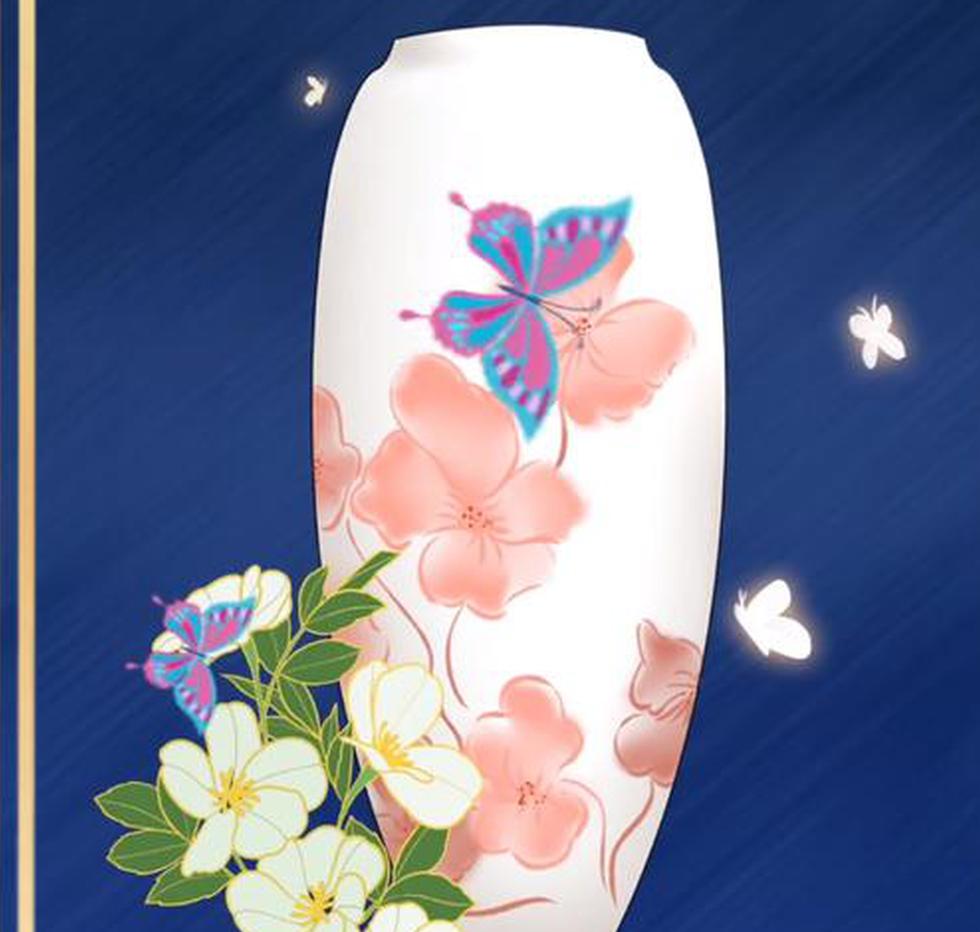

 京公网安备 11010202009201号
京公网安备 11010202009201号